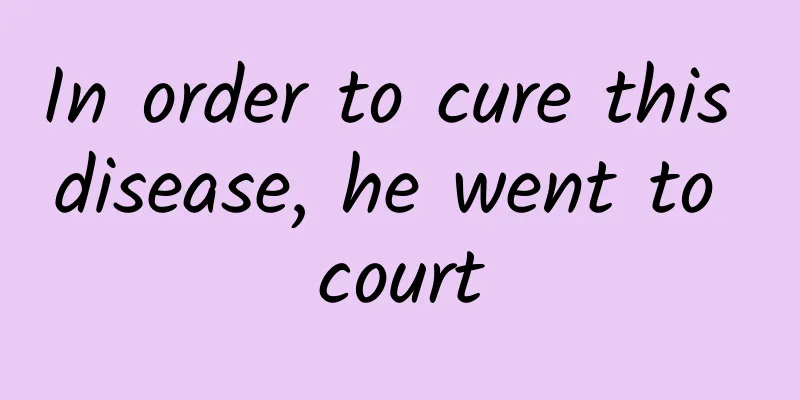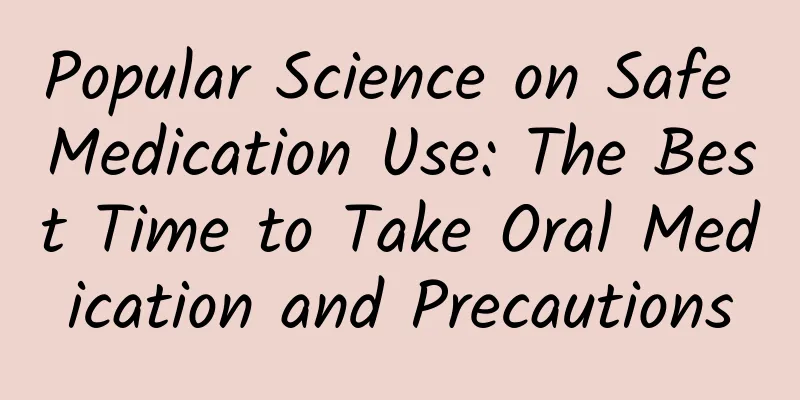How to treat polycystic ovary syndrome

|
Polycystic ovary disease has a high incidence rate among women of childbearing age. This disease is closely related to endocrine, such as excessive male hormones in the body. Symptoms of polycystic ovary are obesity, abnormal menstruation, increased hair, etc. Incorrect treatment methods will lead to infertility in women, so women should pay attention to it. So how to treat polycystic ovary? First, how to treat polycystic ovary syndrome? Drug treatment. Oral medications can change the hormone levels in the body and maintain the internal environment in a relatively stable state. After continuous use, the ovaries may slowly return to their original state. If you are taking Chinese medicine, then there should not be any big problem. If you are taking Western medicine such as oral hormones, then there may be certain side effects, such as abdominal distension, headache, hot flashes, etc., and some hormones are more expensive, so the patient's family needs to do what they can. However, drug treatment is relatively simple and does not cause any external trauma to the patient's body. It is one of the more commonly used treatment methods. Second, surgical treatment. Surgical treatment is a treatment method that appeared in the mid-1930s and is a landmark advancement. Surgery can be used to remove a portion of the granulosa cells in the ovaries and inhibit the production of androgens. The effect is quicker and more obvious, and after the operation, most women will gradually resume ovulation and menstruation, and many will successfully conceive. The more popular surgical methods now include: bilateral ovarian wedge resection, laser perforation treatment and transvaginal hydrolaparoscopy, etc. How to treat polycystic ovary syndrome? Assisted reproductive treatment. For women who are eager to have children but other treatments have not been effective, assisted reproductive methods can be used to help them solve the problem. For example, you can do in vitro fertilization, or cultivate the egg cells to maturity in vitro and then try to get pregnant. Although this method can solve the immediate problem, it does not mean that polycystic ovary can be left alone. After giving birth, women should return to treatment as soon as possible. |
>>: How many times can IVF be done?
Recommend
If the armpits of a pregnant woman turn dark, is it a boy?
Good skin requires maintenance. Many women pay mo...
Girls have greasy hair and severe hair loss
Black hair is the dream of many girls, but hair l...
[Health Science] Why do we not eat or drink before anesthesia?
The day before the operation, the anesthesiologis...
Will women leak water when they sleep?
For female friends, any abnormality will cause th...
What is the cause of repeated bleeding in early pregnancy?
In the early stages of pregnancy, women should pa...
Can I have sex 12 days after IUD removal?
It is best not to have sex 12 days after the IUD ...
How to take care of your face for a 30-year-old woman
Facial skin is the part of your body that betrays...
Why does bleeding continue after a normal birth?
Many women will experience some bleeding after gi...
Why do penguins have no teeth? Why do penguins have to have their fathers hatch their eggs?
Penguins can live and reproduce in temperatures a...
How to prevent hand, foot and mouth disease in daily life
As the weather gets hotter in summer, hand, foot ...
Can I get pregnant during the safe period?
In our current lives, many women do not have a ve...
What is the formula for Chinese medicine to remove freckles?
Spots seem to have become an eternal concern for ...
How can women make themselves younger?
Which woman doesn't want to be young? Which w...
Why is there brown discharge in my underwear when I haven't had my period?
Many gynecological diseases are not detected thro...
How do women remove beards?
Women can also grow beards, but many people don&#...









